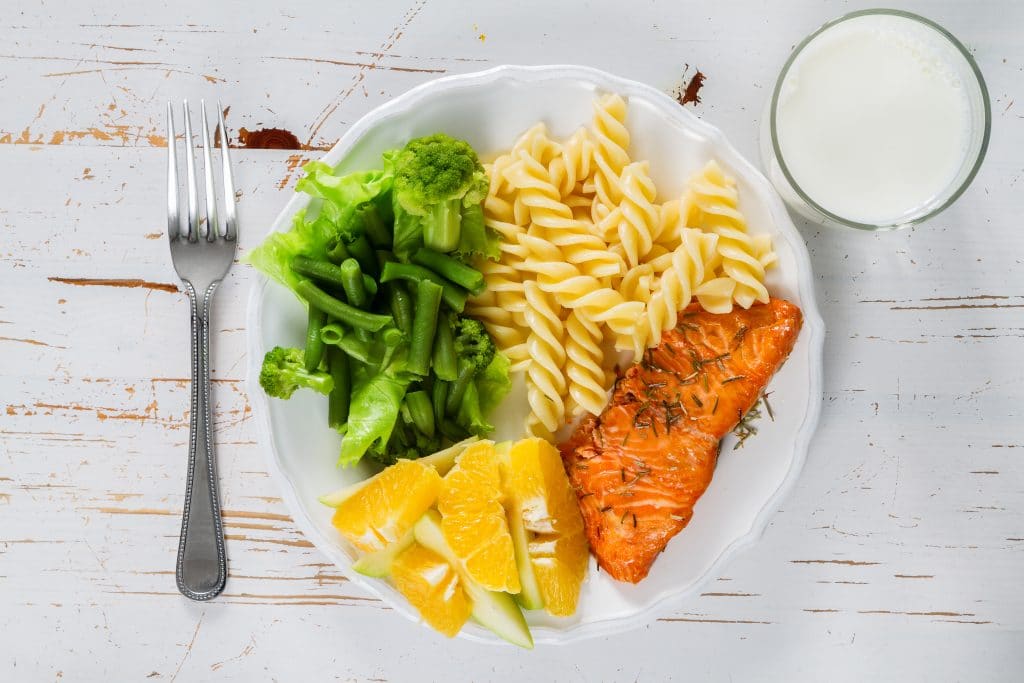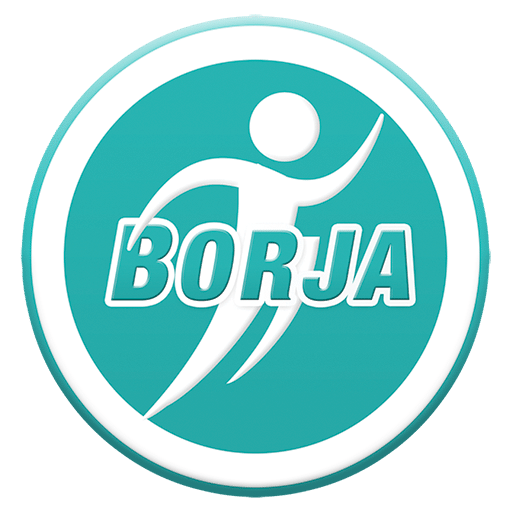When it comes to eating healthy, there’s a lot of talk about what food you should eat, but now it’s time to shift the focus to how much food you should eat. Discerning between portion sizes and serving sizes can sound like an elaborate story problem, but if you’re trying to lose weight or simply want to maintain a healthy lifestyle, it’s important to learn how to properly measure food portions. Here are some helpful tips to help measure food portions without the use of a fancy scale!

Use Your Hand.
Navigating a healthy lifestyle is all about making sure it’s sustainable and doable in everyday life. While most of us don’t carry a kitchen scale with us everywhere we go, we can always make good use of a tool that’s always nearby: your hand. Although the amount and type of food you’re measuring will vary depending on the size of your hand, use this list as a good rule of thumb (see what we did there?) to help estimate basic serving size equivalents.
Measuring Basics
- One level handful = one-quarter cup. A single serving of nuts is one ounce or ¼ to ⅓ cup.
- One heaping handful = one-half cup. A single serving of dry pasta is roughly ½ cup.
- Two hands together full = one cup. A single serving of cooked pasta is usually one cup.
- One finger scoop = one teaspoon. A single serving of butter or oil is often one teaspoon.
- Two finger scoop = one tablespoon. A single serving of peanut butter is usually 2 tablespoons or two 2-finger scoops.
Measuring Meat And Produce
Similarly, you can use your hand to help measure food portions and size equivalents with meat and produce as well.
- One palm = 3 ounce serving of protein such as fish, beef, or chicken.
- One closed fist = one-cup serving of fruit or vegetables.
- One thumb = one single serving of cheese.
Divide Your Dinner Plate.
While dinner plates vary in shapes and sizes, they can be vital in helping estimate portion sizes (as long as you take into consideration the size of the plate when determining serving size equivalents!) For reference, larger dinner plates are typically 10”-12” across, while smaller salad and appetizer plates typically range from 8”-9” across. Nonetheless, you don’t need to start carrying a measuring tape around with you everywhere you go- just follow this simple rule at each meal.
Fruits And Vegetables
Divide your plate in half, one side is for fruits and vegetables and the other is for grains and proteins.
- Fruit = 1 cup or a little less than ¼ of your plate. Aim your serving to be from fresh, whole fruit or 100% fruit juice (but be careful of added sugar in those fruit juices though!)
- Vegetables = 1 cup or about ¼ of your plate. Aim your serving to be from colorful, fresh, or canned vegetables, or up to 2 cups of leafy salad greens.
Grains And Proteins
- Grains = 1 ounce or about ¼ of your plate. Aim for your servings to be whole or refined grains such as whole-grain bread or pasta.
- Proteins = 1 ounce or about ¼ of your plate. Aim for your servings to be lean chicken, beef, or fish. Eggs, nuts, and seeds are acceptable too!
- Dairy = 1 cup. Aim your serving to be from milk, soymilk, yogurt, or natural cheese.
When plating, try to separate your food so that they aren’t touching. This will help ensure that you aren’t piling your food too high onto your plate.
Keeping these tips in mind the next time you’re dining out will be especially helpful with staying on track and avoiding overeating as well. Consequently, most restaurant entrees can serve 2-3 people, making it trickier to discern portion sizes. Because of this, try asking for a to-go box when you receive your food and immediately place half of the meal inside for another day. Understanding and being able to measure food portions will make your healthy eating plan much easier to follow. Click here to learn about reading nutrition labels.



